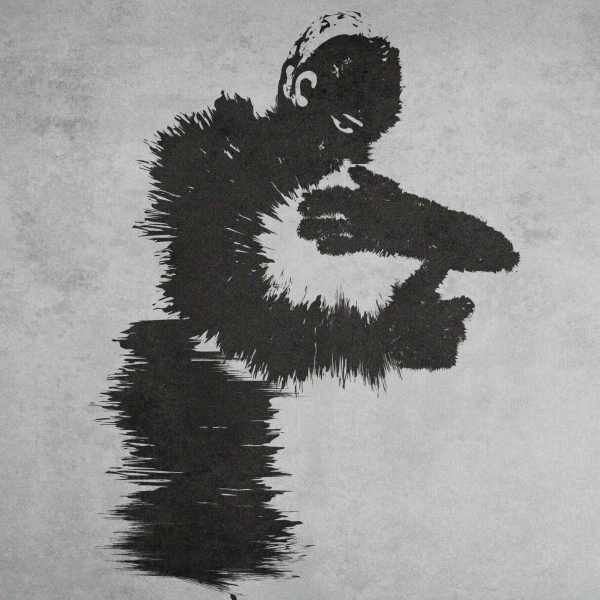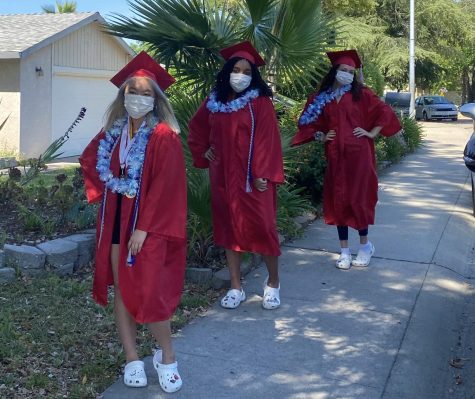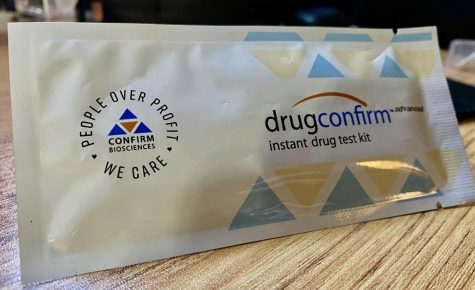A Great American Tragedy
Throughout the Country, hundreds of universities, workplaces and institutions offer mental health resources to their staff, students and their people. For those suffering from depression, stress and isolation, these resources serve to guide and educate individuals to lead happier and healthier lives. However, these lifelines are under-serving students and other individuals every day. Rather, millions are fighting silent battles without proper resources and support.
After the Affordable Care Act (ACA) was enacted in 2010 under the Obama Administration, health insurance was made more available to Americans; however, the number of providers supporting these new health insurance recipients did not increase, instead it became stagnate. As a result, the millions of individuals now equipped to seek out medical treatment for mental health conditions did not get help; rather, they witnessed the grim realities of a ration-like shortage when it comes to the resources provided by our national health care system.
According to Mental Health America, “The demand, along with high turnover rates amongst mental health professionals (mainly due to a lack of social support and compensation) has created a workforce crisis”.
For those who will soon be graduating from universities and colleges across the country, the reality of prolonged inefficiencies in their education systems will transition into structured bureaucratic systems that are difficult to navigate.
Translated into university life, mental health resources are bleaker than ever. According to Eugene Beresin, M.D., whose research was published in Psychology Today, mental health issues are more prominent in college-aged students than ever before.
From his research, Beresin’s findings point to a larger issue. These findings include: 1) Almost half of college students had a psychiatric disorder in the past year and 2) More than 80 percent of college students felt overwhelmed with all they had to do in the past year and 45 percent of those have felt that things were hopeless.
Beresin’s findings nearly speak for themselves; students are overwhelmed, overworked and ill-equipped to handle the increasing demands of adult life in post-contemporary 21st century life. No longer are students able to support a lifestyle on a single job’s wages. Nor are they financially unobligated from student loan debt and targeted interest rates. Today, more than ever, students need mental health resources and help.
How many students are truly suffering in silence, and how many will continue to struggle without support or proper guidance?
Even if a student seeks help, which they often won’t, according to Beresin, only 25 percent will. On top of that, universities and colleges are vastly understaffed and underequipped. For perspective, Beresin’s research found that the ratio of students to certified counselors was between 1:2000 at small institutions and 1:3500 at larger universities. With only 24 hours in a day and thousands of students at a university, it merely takes some simple math to realize and consider the implications of the system.
At Cal State LA, there are over 27,000 current students across all programs. How many students are truly suffering in silence, and how many will continue to struggle without support or proper guidance? As Beresin found, in a lecture hall of 100 peers, half of those are struggling with a developing psychiatric disorder. 80 feel helpless and overwhelmed. Worst of all, not a single student in that lecture hall is represented by a counselor. Yet, students continue to fight.












Shane Martin • Nov 6, 2018 at 3:46 pm
What is the best email address to reach Kyle Frizol?
Cara Gonzales • Nov 7, 2018 at 2:41 pm
[email protected]